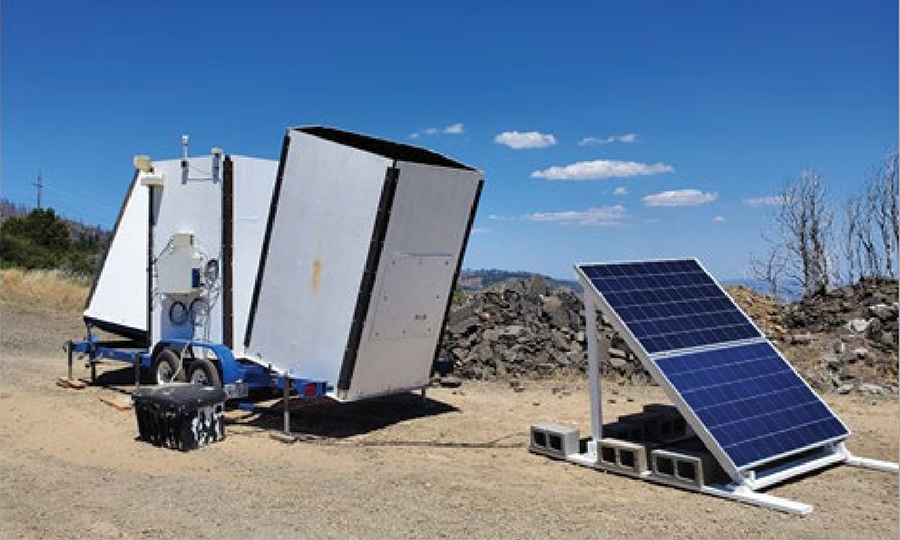Wind Data for Fire Weather and Wildfire Risk Forecasting
Clients
California Energy Commission (CEC)
Spatial Informatics Group (SIG)
Numerous agencies, including the <a href="https://ww2.arb.ca.gov/wildfires-climate-change" target="_blank">California Air Resources Board</a href>, the <a href="https://www.cpuc.ca.gov/industries-and-topics/wildfires" target="_blank">California Public Utilities Commission</a href>, and the <a href="https://public.wmo.int/en/media/news/number-of-wildfires-forecast-rise-50-2100" target="_blank">World Meteorological Organization</a href> have determined climate change is increasing the frequency and severity of wildfires. Wind-driven wildfires pose substantial risks to public safety, homes, businesses, communities, and firefighters. In response, decision makers need improved forecasting tools to anticipate and respond to growing wildfire risks. Electric utilities, for example, need accurate weather forecasts to help decide whether to trigger Public Safety Power Shutoffs, and firefighters need predictive tools to improve wildfire situational awareness, response time, and firefighter safety.
<br>
To help predict the potential for wind-driven wildfires, Sonoma Technology completed a pilot study to improve forecasts using upper-air meteorological data. We deployed and operated an Atmospheric Systems Corporation Model 2000 sodar wind profiler instrument in northern California from July – October 2020. The pilot study demonstrated the value of upper-air wind measurements to supplement surface wind observations. We concluded that the use of upper-air data could enable utilities and firefighters to better predict the onset of strong winds hours in advance of forecasts that lacked access to such data. The use of sodar data paired with nearby upper-air and surface wind measurements improved forecast capabilities to predict high-wind events that impact the surface and influence fire behavior. Analyses also demonstrated how aloft observations can help validate the real-time performance of predictive meteorological models.
<br>
To help predict the potential for wind-driven wildfires, Sonoma Technology completed a pilot study to improve forecasts using upper-air meteorological data. We deployed and operated an Atmospheric Systems Corporation Model 2000 sodar wind profiler instrument in northern California from July – October 2020. The pilot study demonstrated the value of upper-air wind measurements to supplement surface wind observations. We concluded that the use of upper-air data could enable utilities and firefighters to better predict the onset of strong winds hours in advance of forecasts that lacked access to such data. The use of sodar data paired with nearby upper-air and surface wind measurements improved forecast capabilities to predict high-wind events that impact the surface and influence fire behavior. Analyses also demonstrated how aloft observations can help validate the real-time performance of predictive meteorological models.
Air Quality
Applied Research
Climate
Fire and Smoke
Forecasting
Meteorology
Policy and Planning


Kenneth J. Craig

Kenneth
J.
Craig
Manager, Atmospheric and Emissions Modeling Group / Principal Scientist
kcraig@sonomatech.com
/sites/default/files/2023-02/KJCres.pdf
